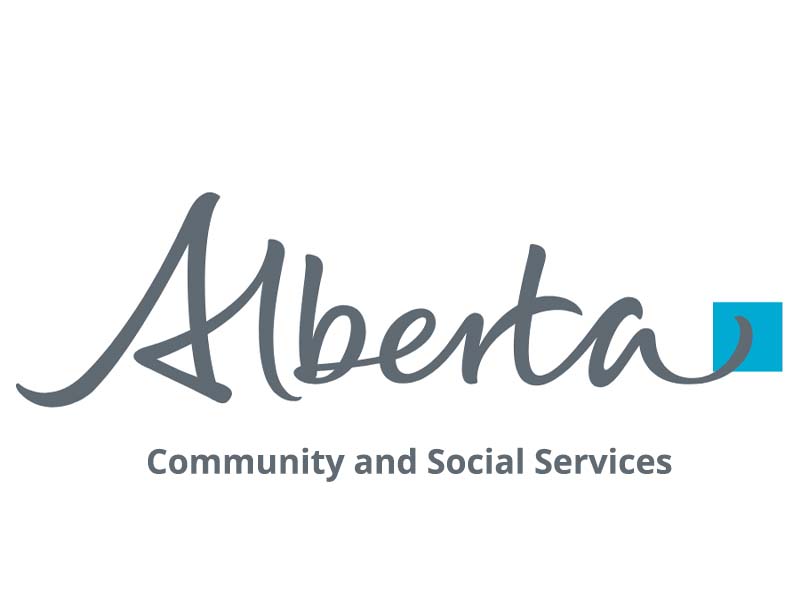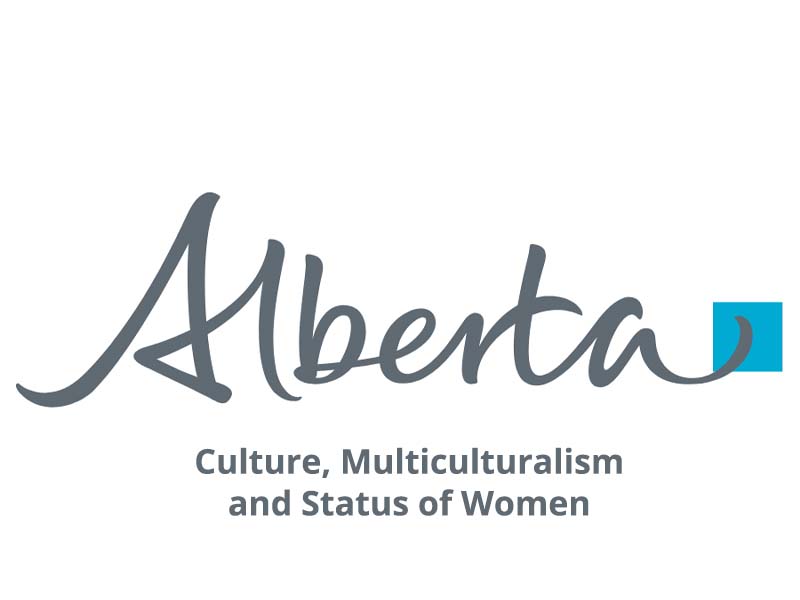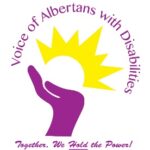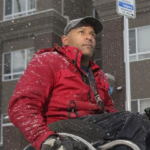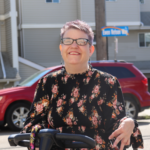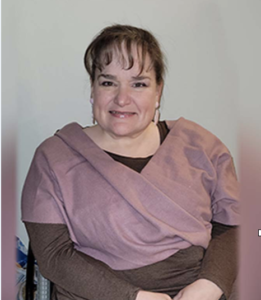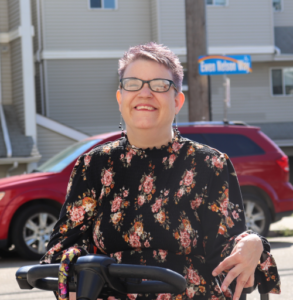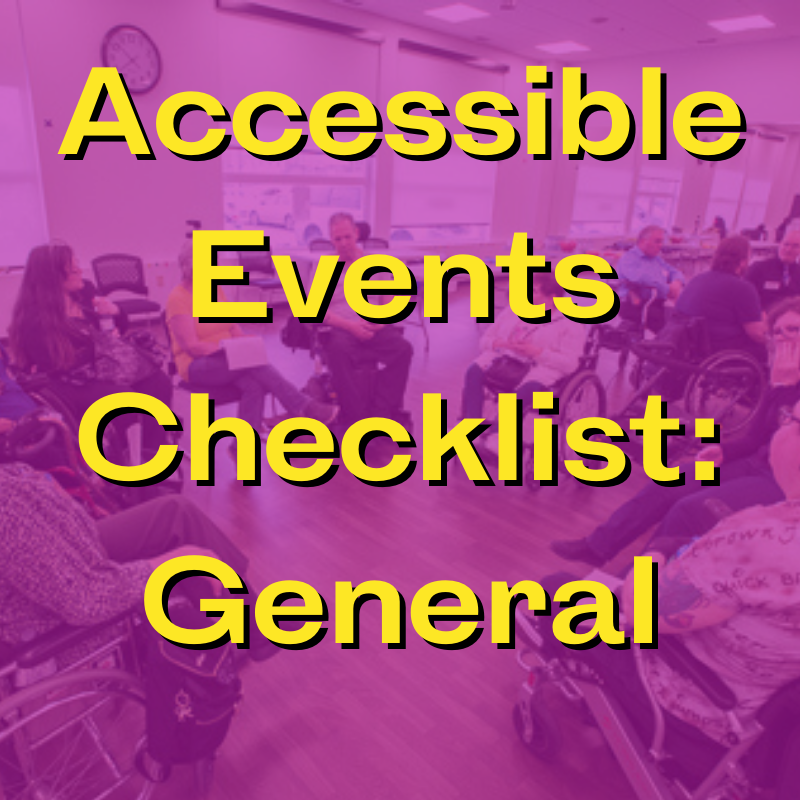
Best Practices for Any Event
Whether your event is in-person, virtual, or hybrid, applying accessibility best practices at every stage—from promotion to post-event feedback—ensures a more inclusive and welcoming experience for all attendees. Below are key considerations, organized by event phase:
Digital Promotion & New Media Considerations
-
Use accessible file types: PDFs are not always screen-reader friendly. Consider offering accessible HTML or Word document versions.
-
Caption all audio and video content: Include transcripts where appropriate.
-
Design accessible visuals: Use high-contrast colors, clear fonts, and include Alt Text and image descriptions for all graphics and posters.
-
Clarify all hyperlinks: Use descriptive link text (e.g., “Read our Social Media Best Practices Blog” rather than “Click here”).
-
Diversify your communication channels: Share across email, websites, newsletters, and social media platforms to reach a wider audience.
Physical Promotion & Traditional Media Considerations
-
Vary display methods: Post materials at different heights and in multiple locations; balance visual with audio formats.
-
Follow accessible design standards: Resources include the Clearing Our Path Guide and the AccessAbility 2 Graphic Design Handbook.
-
Provide alternative formats: Braille handouts, large print versions, and transcripts for radio or audio ads.
Registration
-
Use an accessible registration platform: Ensure forms are screen-reader friendly and simple to navigate.
-
Offer alternative registration methods: Provide a phone number or email for assistance.
-
Clearly communicate accommodations:
-
List available features (e.g., ASL, CART, scent-free policy).
-
Invite participants to request additional accommodations.
-
Disclose known barriers with transparency.
-
Sample Accessibility Statements:
In-Person Example:
We’ve made every effort to ensure the venue is accessible (see [venue website]). Restroom doors are not automatic but will be propped open during the event. ASL interpretation and CART captioning will be available. Admission will be waived for attendants/aides upon request. Please contact us at info@accessibleevents.ca if there’s anything else we can do to improve your experience.
Online Example:
ASL interpretation and real-time CART captioning will be provided. Event materials are available in advance upon request. Let us know how we can accommodate your needs via the registration form or by emailing info@accessibleevents.ca.
During the Event
-
Stay adaptable: Be prepared to respond to last-minute accessibility needs when possible.
-
Respect timing: Build in breaks and ensure all speakers have enough time to present.
-
Ensure accessible presentations: Refer to Accessible PowerPoint Guidelines and use plain language.
-
Provide communication supports:
-
ASL (American Sign Language) or LSQ (Langue des signes québécoise)
-
CART (Communication Access Realtime Translation)
-
Environmental & Sensory Considerations:
-
Avoid or minimize background music or noise that can interfere with hearing aids.
-
Ensure adequate space for mobility devices and clear pathways.
-
Be mindful of lighting levels and avoid flashing lights or sudden loud sounds.
Post-Event
-
Request specific feedback on accessibility: Go beyond “Did you enjoy the event?” Include targeted questions about accessibility supports.
-
Offer multiple feedback options:
-
During breaks
-
In post-event emails
-
Via online surveys with open-text boxes and rating scales
-
Check out this resource for a Sample Event Feedback Survey.
-
Review and implement feedback: Use insights to improve future events and demonstrate commitment to continuous accessibility improvement.
Hosting an in-person event? In-person Checklist here
Is it an online event? Online Checklist here
More resources:
Planning Accessible Events, so everyone feels welcome– Government of Ontario, 2016
Measuring Up: Accessible Public Events Guidelines– 2010 Legacies Now, Province of British Columbia
Still haven’t found what you’re looking for? Contact us here: vad@vadsociety.ca
 Become a Member
Become a Member login
login




